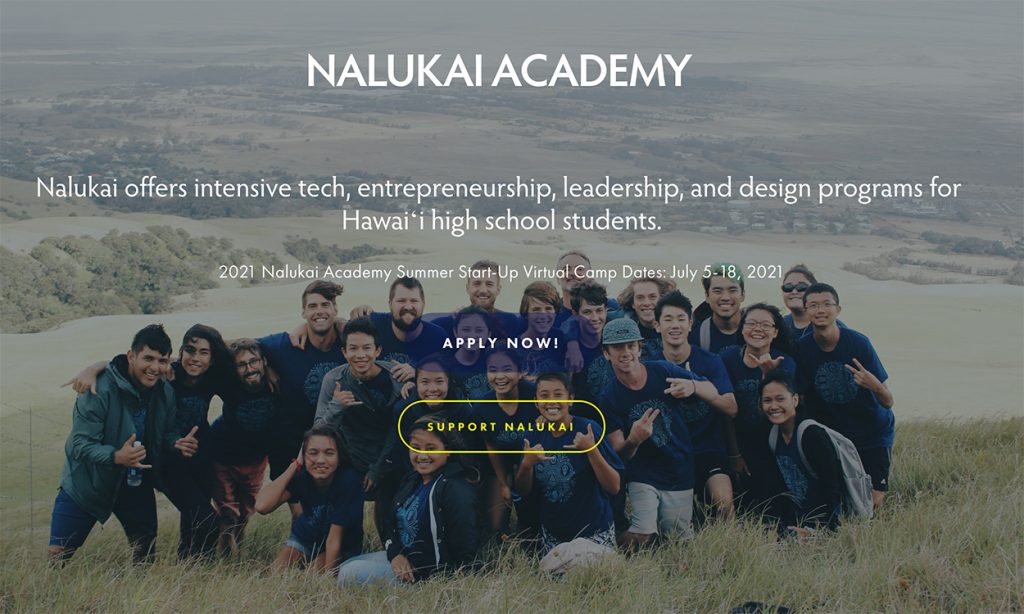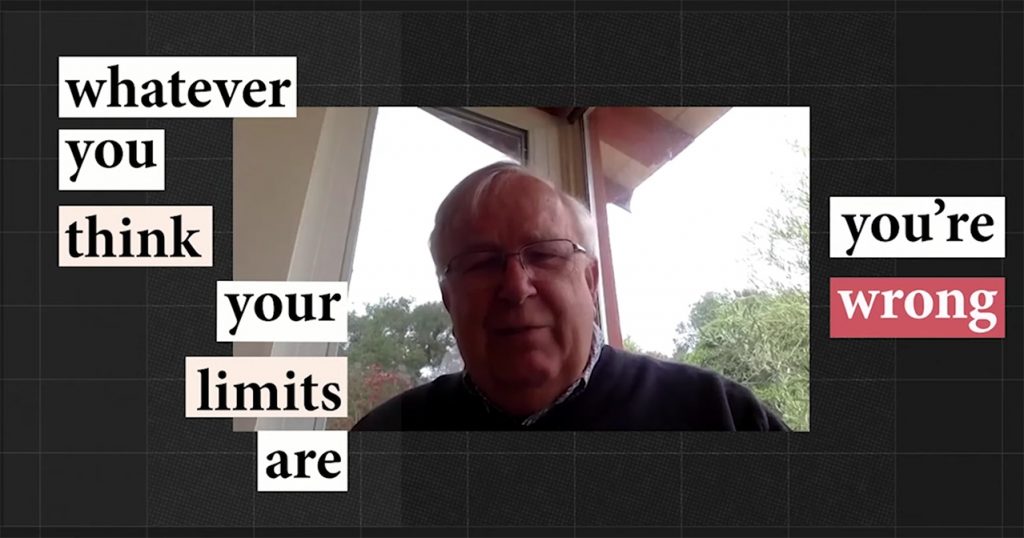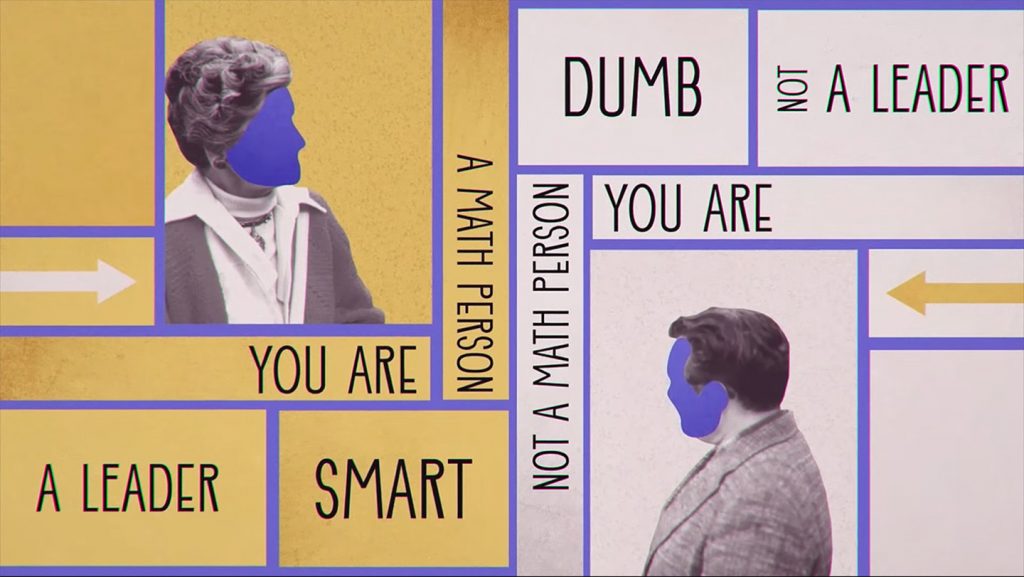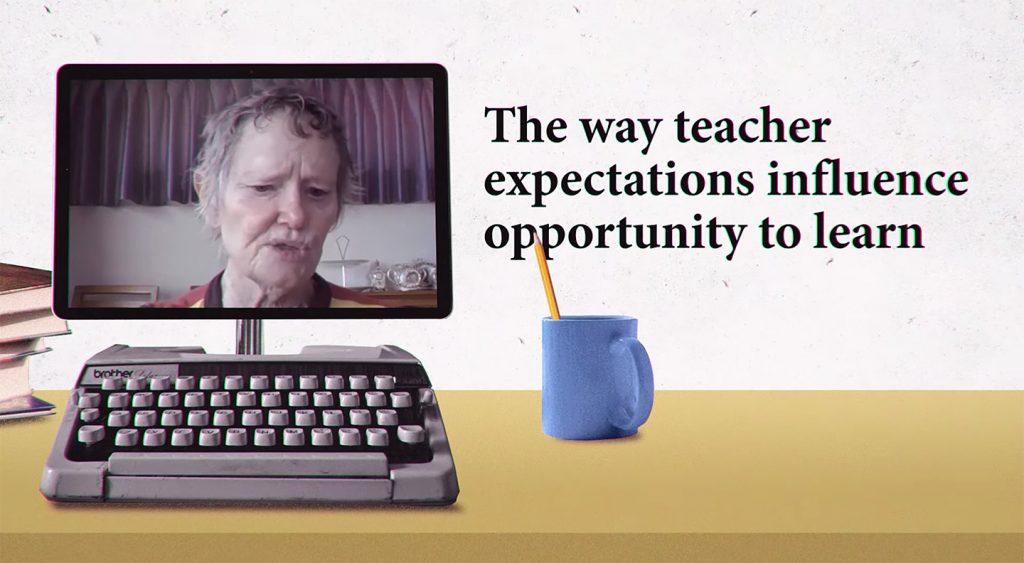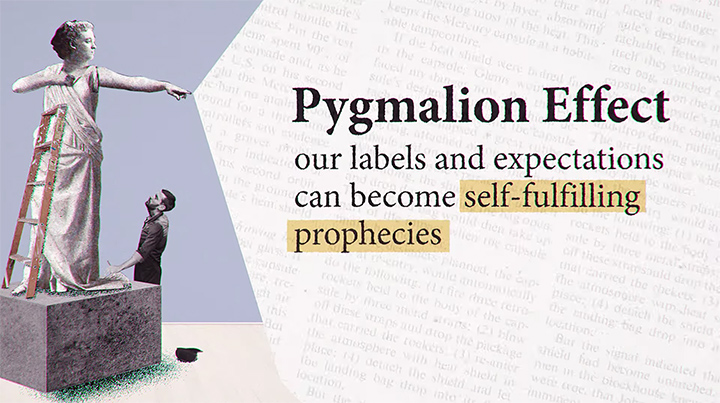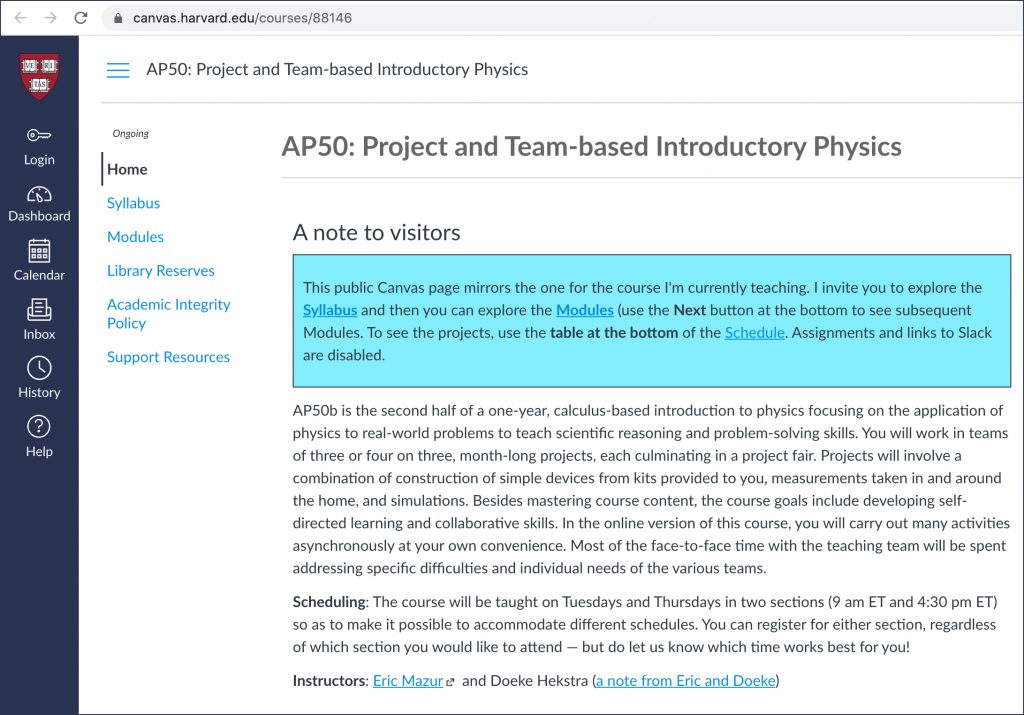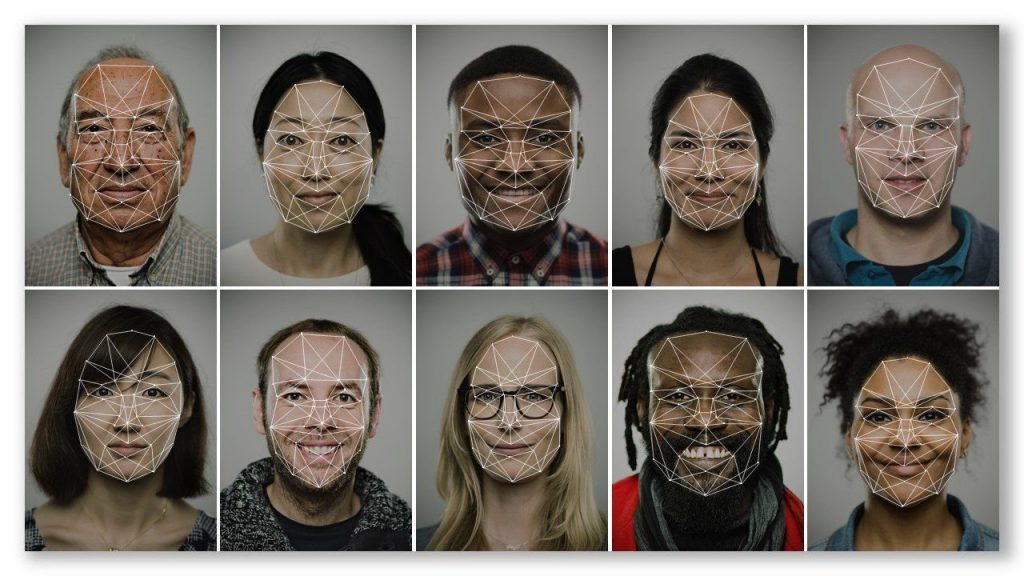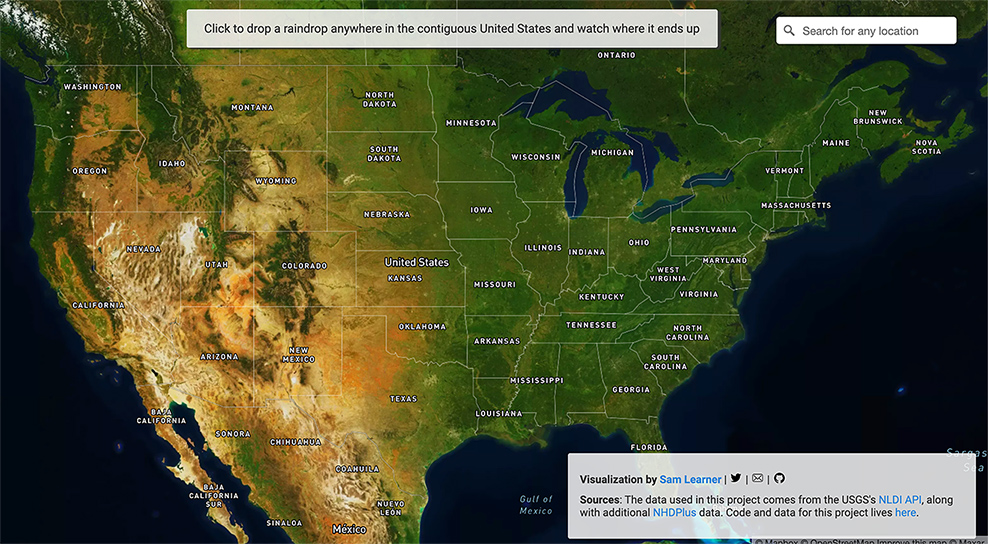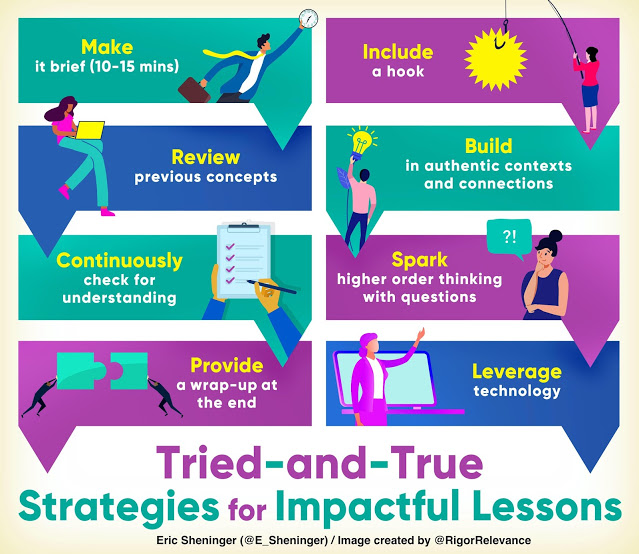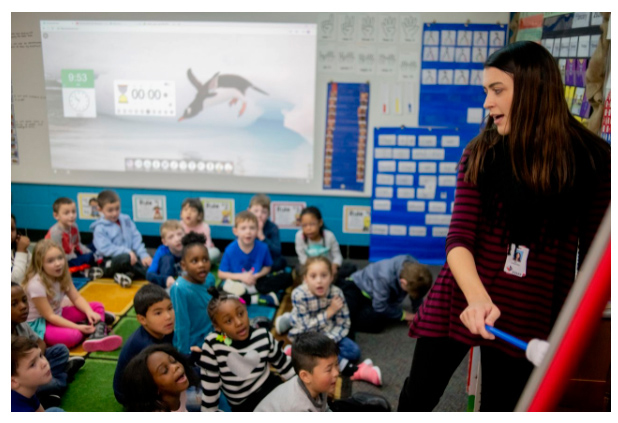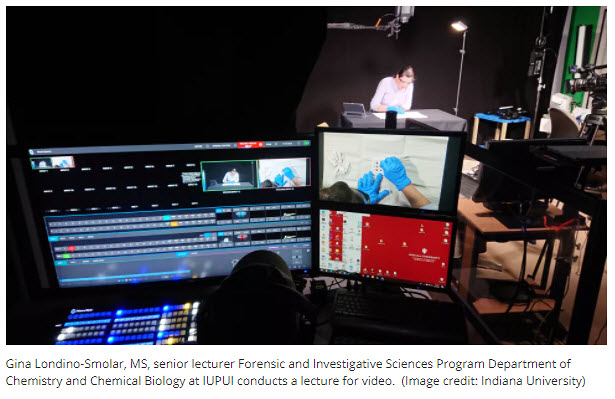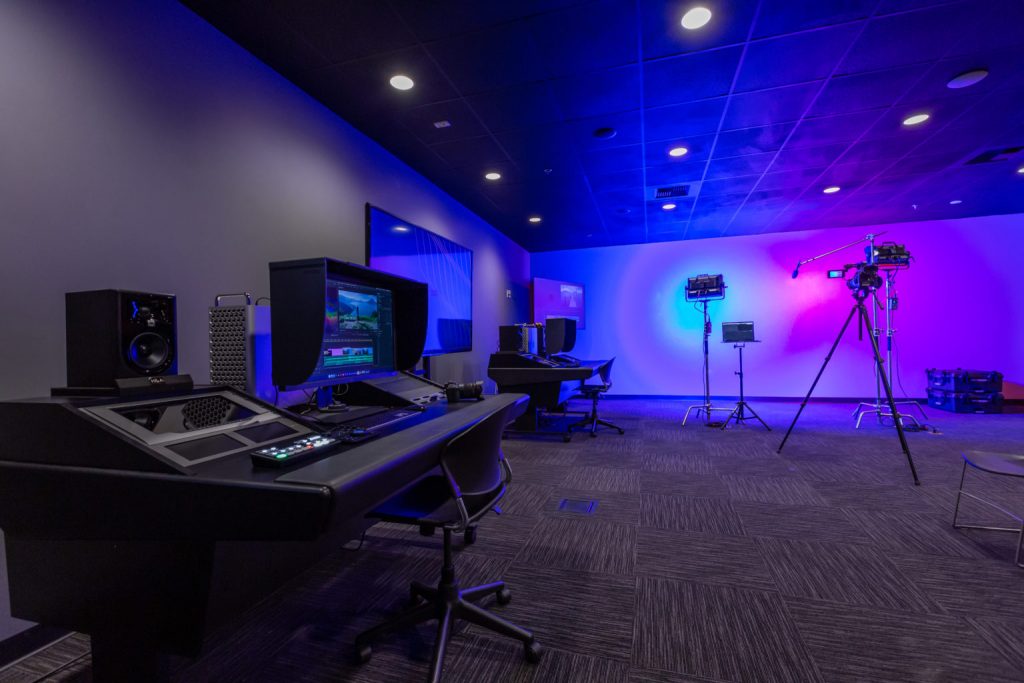Drawing on Ancient Arts and New Technology, Husson U. Launches Degree in Extended Reality — from edsurge.com by Rebecca Koenig
Excerpt:
The origins of the experience may come from an ancient artform: theater.
“As a set designer, I would think about experiences that are recreating augmented reality, essentially,” says Brave Williams, an associate professor at Husson University in Maine. “It is an augmentation of reality that has been done for thousands of years.”
Now, Williams is helping his institution push the boundaries of Shakespeare’s famous line that “all the world’s a stage.”
…
To expand the center’s reach, university leaders decided to build extended reality into the college curriculum. One example was the development of AR Stagecraft, an app that translates student set designs into an immersive experience of what the scenery would look and feel like if built on an empty stage.
Also see:
IEX CENTER — from husson.edu
An Innovation HubThe iEX Center /ai,?ks/ is an innovation hub that develops solutions using extended reality (XR) experiences such as virtual and augmented reality. Through the iEX Center, students learn how to solve real-world problems using the advanced technology associated with the emerging XR field.
These immersive and interactive experiences are developed with the involvement of students and faculty within the School of Technology and Innovation, as well as those from other colleges across campus as they work together on interdisciplinary XR projects.









